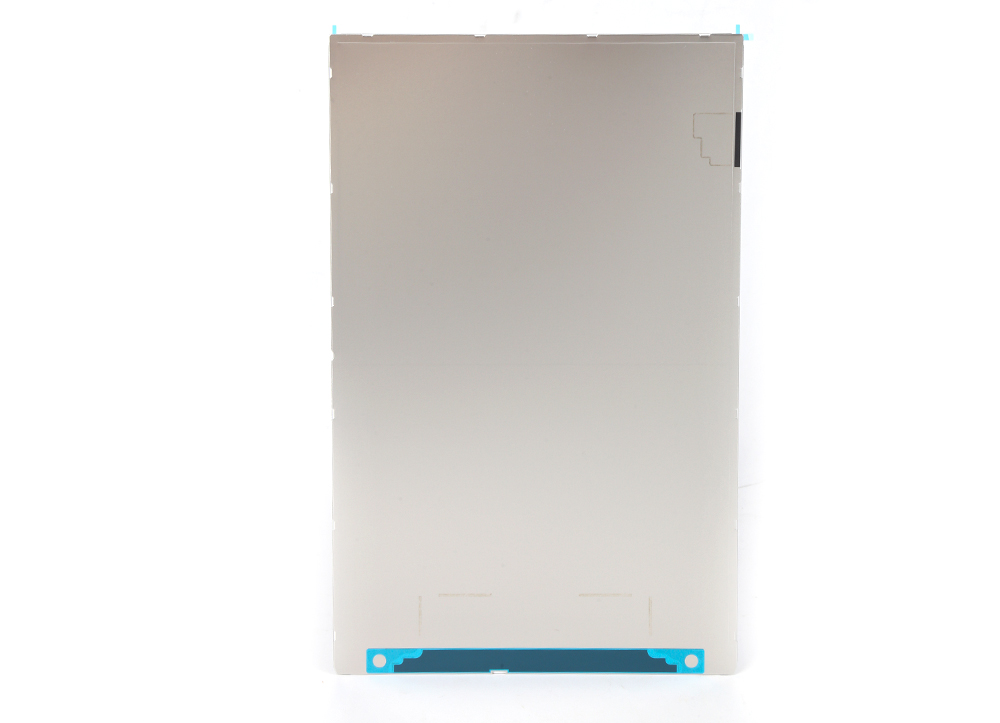Time:2023-10-10 Preview:
How to correctly select these three elements is a main content of the course on Metal Cutting Principles. Some key points have been excerpted on Metal Processing WeChat, and the basic principles for selecting these three elements are as follows:
(1) Cutting speed (linear speed, circumferential speed) V (meters/minute)
To select the spindle revolutions per minute, it is necessary to first know how much the cutting line speed V should be taken. The selection of V depends on the tool material, workpiece material, processing conditions, etc.

Tool material:
Hard alloy, V can achieve a higher value, generally taking over 100 meters per minute. Generally, technical parameters are provided when purchasing blades:
How many linear speeds can be selected when processing certain materials. High speed steel: V can only achieve a lower value, generally not exceeding 70 meters per minute, and in most cases, it is taken as below 20-30 meters per minute.
Workpiece material:
High hardness, lower V; Cast iron, V is taken as low, and when the tool material is hard alloy, it can be taken as 70-80 meters/minute; Low carbon steel, V can be taken as above 100 meters per minute, while for non-ferrous metals, V can be taken as higher (100-200 meters per minute). Quenched steel, stainless steel, V should be taken lower.
Processing conditions:
Rough machining, lower V; Fine machining, V should be higher. The rigidity system of the machine tool, workpiece, and tool is poor, and V is taken as low. If the CNC program uses S as the spindle speed per minute, then S should be calculated based on the workpiece diameter and the cutting line speed V: S (spindle speed per minute)=V (cutting line speed) * 1000/(3.1416 * workpiece diameter). If the CNC program uses a constant line speed, then S can directly use the cutting line speed V (meters/minute)
(2) Feed rate (feed rate)
F mainly depends on the surface roughness requirements of the workpiece processing. During precision machining, the surface requirements are high, and the cutting amount should be small: 0.06-0.12mm/spindle per revolution. When rough machining, it is advisable to use a larger size. It mainly depends on the strength of the tool, which can generally be taken as 0.3 or above. When the main and rear angles of the tool are large, the tool strength is poor, and the feed amount should not be too large. In addition, the power of the machine tool and the rigidity of the workpiece and tool should also be considered. The CNC program uses two units of feed: mm/minute and mm/spindle per revolution. The units used above are mm/spindle per revolution. If mm/minute is used, the formula can be used to convert it: feed per minute=feed per revolution * spindle revolutions per minute
(3) Cutting depth (cutting depth)
During precision machining, it is generally recommended to take a radius value below 0.5. During rough machining, it is determined based on the condition of the workpiece, cutting tool, and machine tool. Generally, small lathes (with a maximum machining diameter of less than 400mm) turn 45 # steel in the normalized state, and the cutting depth in the radial direction generally does not exceed 5mm. Additionally, it should be noted that if the spindle speed of the lathe adopts ordinary variable frequency speed regulation, when the spindle speed is very low (below 100-200 rpm), the motor output power will be significantly reduced, and at this time, the depth of cutting and the amount of feeding can only be achieved very small.
 Related News
Related News·Mold carving and milling machine characteristics ·Precautions need to be taken precautions ·Hardware processing and production process flow ·Development of Automotive Hardware Parts in China ·Important factors determining the spindle of CNC machine tools · CNC processing ·CNC processing comparison of the advantages of 3D printing ·What are the precautions for the processing center? ·Correct Use and Maintenance of Die Casting Die for Hardware Parts ·How to choose the cutting of the processing center?


